Scamp3 Specs:
- Turnkey Forth computer with easy API
- Forth is written in machine code and runs very fast (no virtual machine!)
- 32 MHz 16-bit processor with 16 MIPS performance
- 64K flash memory (of which FlashForth takes up approximately 23K)
- Flash memory has a 20-year lifetime; 20,000 write-cycle endurance
- Programs compile to flash and are retained automatically, no "saving" required!
- 8K of RAM for variables and data
- USB v2.0 port, with USB console support (no driver required)
- Scamp3 has 17 ultra bright status LEDs, user controllable (1 amber and 16 red), with forth support
- Temperature sensor onboard, with Forth support
- General-purpose I/O lines, with software-configurable pullups, with Forth support
- High-current sink/source (18 mA / 18 mA) on all I/O pins
- 10/12-bit 11 channel Analog-to-Digital Converter with Forth support
- I2C Interface with Forth words in dictionary
- 4x SPI modules, remappable to different pins
- dedicated SPI interface on main connector with Forth support
- Digital Signal Modulator with Forth support
- Multiple 16/32 bit counter/timers
- 6 Channel 16-bit PWM generation with Forth support
- 4 UARTs, remappable to I/O pins, capable of supporting RS-232C, RS-485 and IrDA
- 2 UART interfaces on main connector with Forth support
- Hardware Random Number Generator with Forth support
- FlashForth preloaded, with additional words for Scamp peripherals
- Processor also has 32-bit CRC Engine, Digital Signal Modulator and Cryptography Engine
- Software development takes place on the Scamp, no IDE or compiler suite required!
- Fully assembled and ready to use! Just connect to any host computer with a terminal app.
What is Forth?
Forth was created by Charles (“Chuck”) Moore in 1968, to control radio telescopes. When he wrote Forth, Charles Moore envisioned that the “fourth” generation of computers would be distributed controllers, in essence embedded systems (although that term had not yet been invented). Hence, he called his programming language “Fourth.” However, since the IBM 1130 that he used for development only allowed for five-character file names, the programming language became known simply as Forth.
Forth is unlike any other conventional programming language. Forth is an extensible, highly-interactive, stack-based language. It is extremely efficient and extremely versatile. The functionality of the language makes it ideal for debugging both system hardware and software.
Forth is commonly used in systems under development and is often retained by manufacturers in their computers. Forth was the first resident software on the then new Intel 8086 chip in 1978, and MacFORTH was the first resident development system for the Apple Macintosh in 1984. NASA’s Voyager spacecraft run Forth, providing for both efficient firmware and the ability to interactively debug across the vastness of space, and Forth was also used by NASA in many deep space missions to this day.
Forth is coded directly in assembly language both for speed of operation and to take advantage of the characteristics of the embedded computer.
Forth is at once a compiler, an interpreter, a debugger and, in a fashion, an operating system too. Forth is also a compiled language, but it is a compiled language with a difference. It is interactive, yet runs with an efficiency not far removed from hand-written machine code. Commands (known as words in Forth) get an immediate response. This, coupled with Forth’s ability to talk directly to hardware, makes it an excellent environment for embedded system applications.
 johncatsoulis
johncatsoulis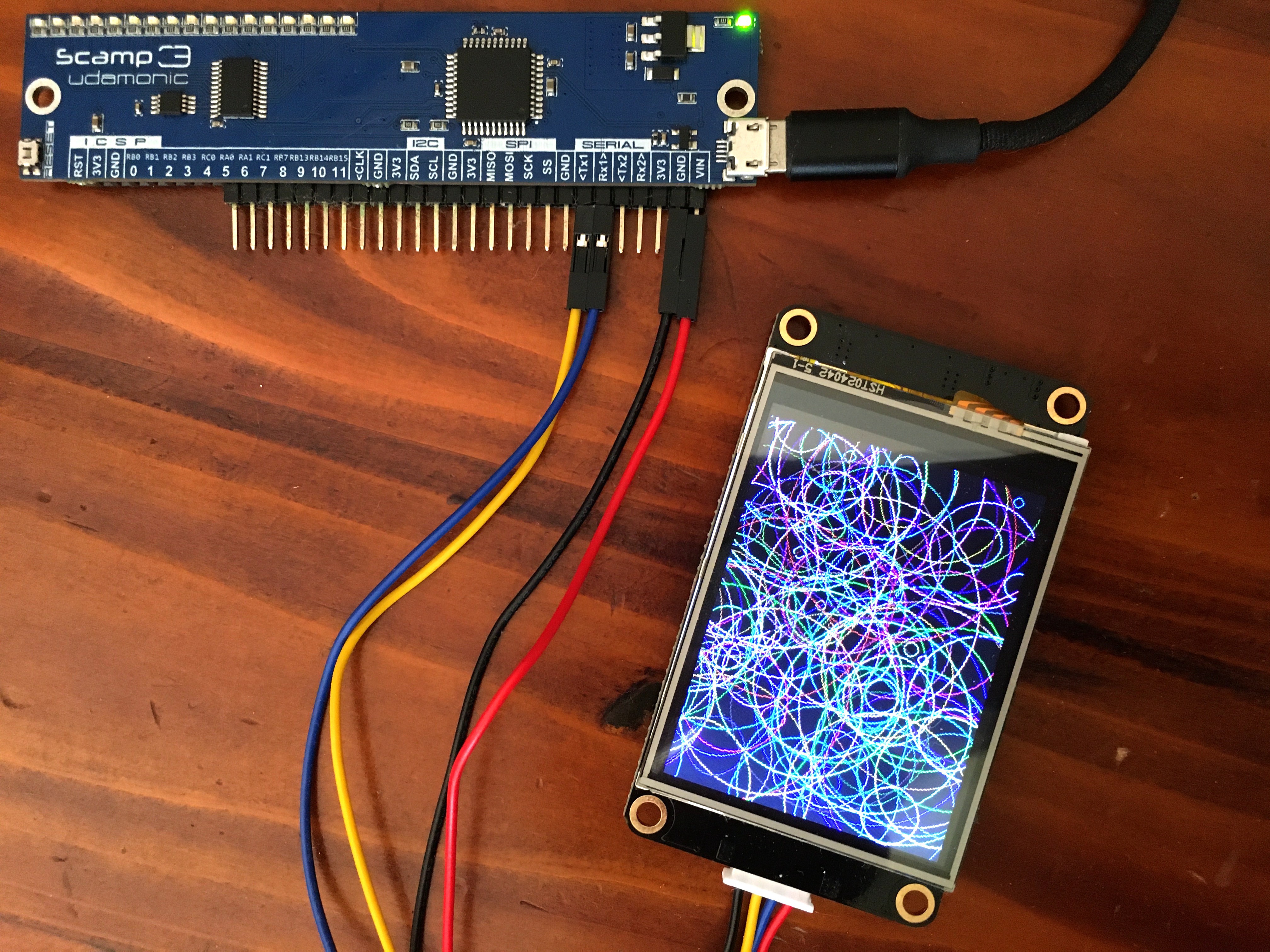
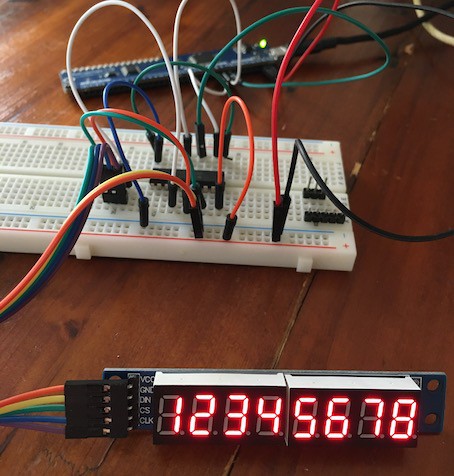
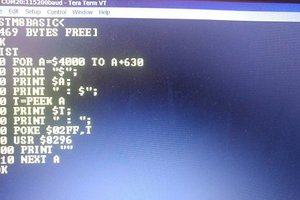
 rogerdipaolo
rogerdipaolo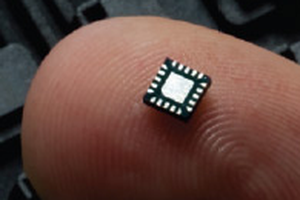
 Lars Brinkhoff
Lars Brinkhoff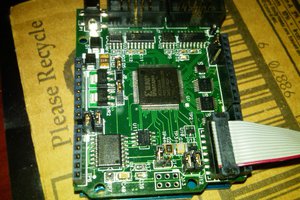
 Michael A. Morris
Michael A. Morris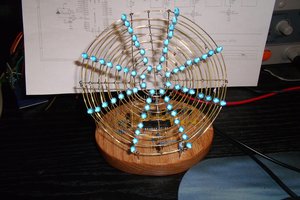
 Jacques
Jacques
processor ?